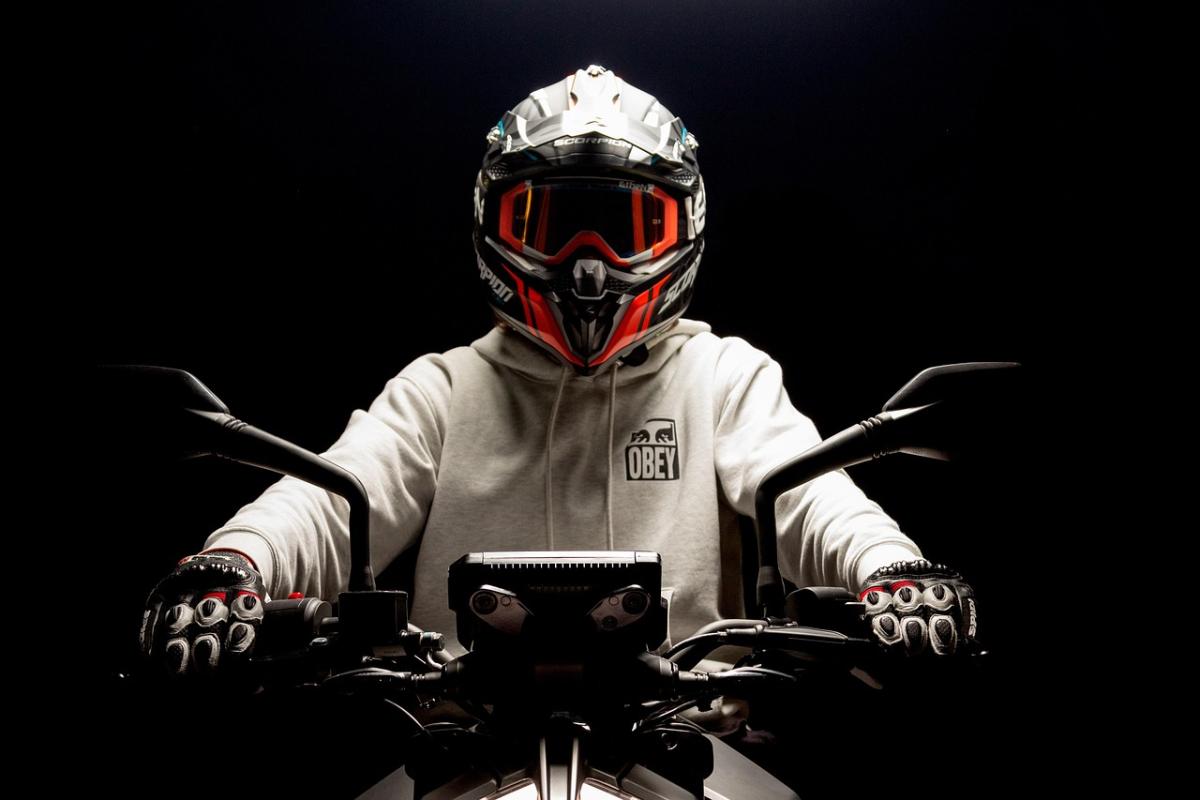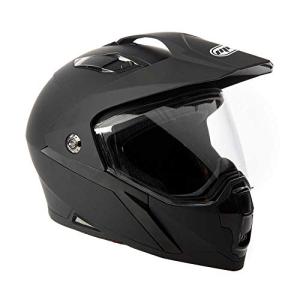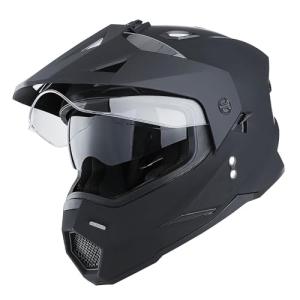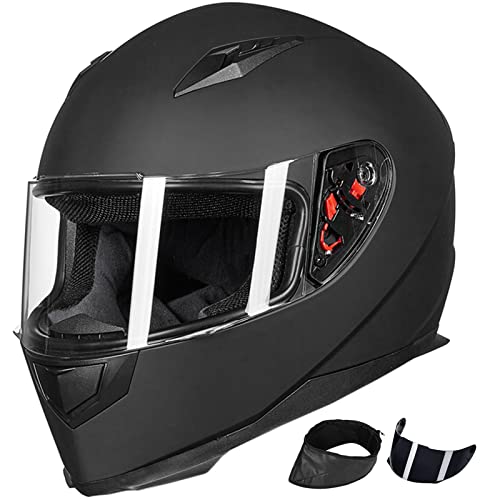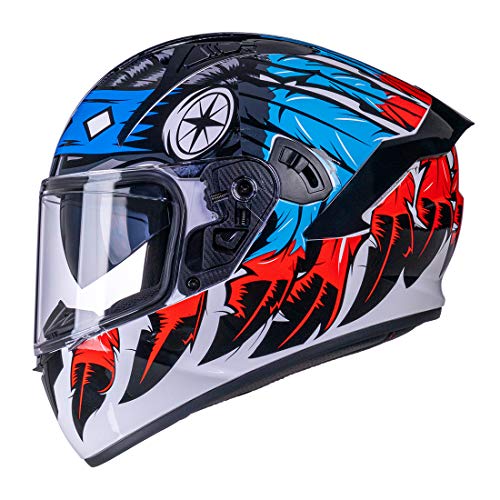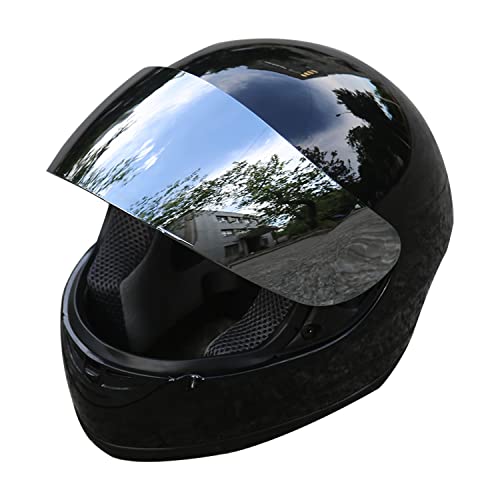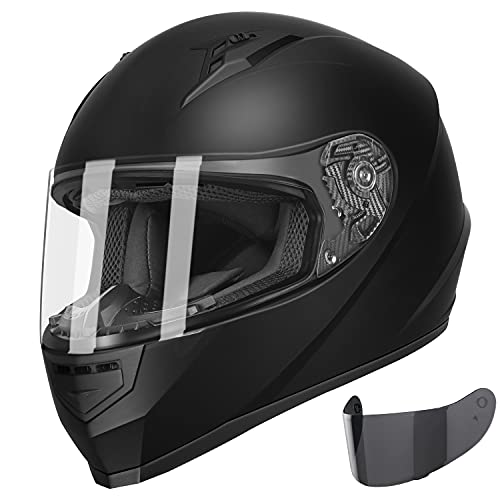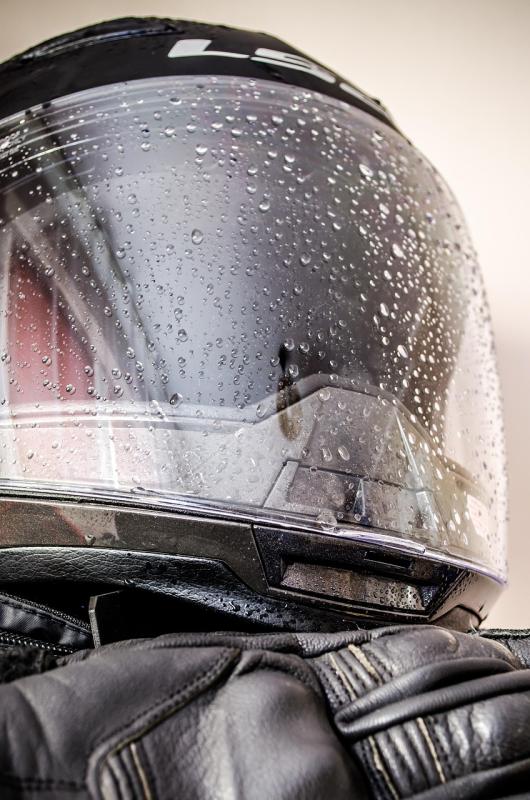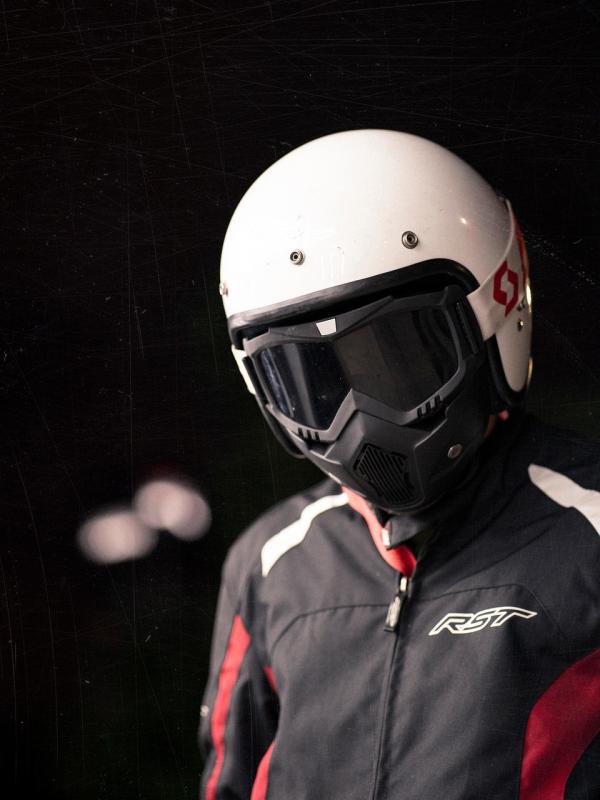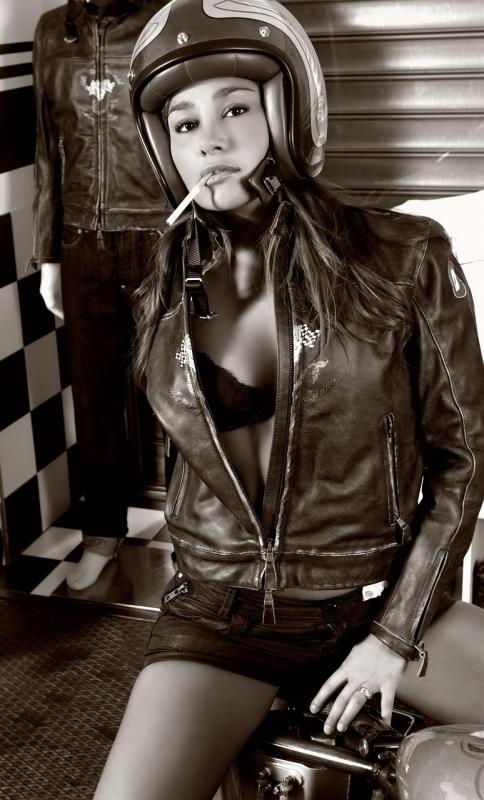When diving into the world of motorcycle helmets, it helps to know the different types out there. Each style has its own perks, so let’s break them down for you. This part of our Motorcycle Helmet Buying Guide will make it easier to choose the right fit.
Full-Face Helmets: These helmets cover your entire head, giving you solid protection all around. They’re perfect if you want that extra peace of mind. Plus, many come with features like ventilation and anti-fog visors. If you often ride at high speeds or in unpredictable weather, a full-face helmet is the way to go.
Modular Helmets: Want the best of both worlds? Modular helmets are a killer choice. They offer the full-face protection while allowing you to flip up the chin bar when needed. This is super handy for those quick chats or if you need to catch some fresh air. Just grab one if you want versatility without sacrificing safety.
Open-Face Helmets: These helmets protect your crown while leaving your face open. They’re lightweight and great for cruising around town. However, keep in mind that they offer less protection than full-face lids. If you're mostly riding in low-speed environments and love that feeling of wind in your face, check out an open-face helmet.
Half Helmets: If you're all about that minimalist vibe, half helmets are as sleek as it gets. They cover only the top of your head and are super compact. While they’re stylish and great for short rides, be aware that they provide the least protection. Make sure you’re comfortable with the trade-offs when picking one of these.
Fit and Comfort Matters
When you're diving into our Motorcycle Helmet Buying Guide, one of the biggest things to look for is fit and comfort. You can have the best helmet in the world, but if it doesn't fit right, it won't protect you the way it should. It's all about ensuring that snug yet comfortable feel so you can keep your focus on the road.
The first step is to measure your head. Grab a soft tape measure and wrap it around the widest part of your head, usually just above your ears. This will give you a good idea of what size helmet you need. Keep in mind that different brands might have slight variations, so checking their size chart is always a smart move.
Once you have a helmet that seems like it fits, try it on. Put it on and fasten the chin strap. Move your head around a bit. The helmet should stay in place without causing any pressure points. You want it snug but not painfully tight. If you feel pressure at any spot, it’s probably a sign you need to try a different size or style.
Also, think about the padding and lining. A helmet with good padding can make a world of difference during long rides. Look for materials that wick away moisture, so you don’t end up with a sweaty head. A little bit of comfort goes a long way, especially on those long rides through the wind.
Lastly, don’t forget about ventilation. A well-ventilated helmet keeps your head cool. If it’s too hot inside, it can distract you on the road. Check for vents that can be opened and closed easily while you're riding. In this Motorcycle Helmet Buying Guide, comfort really is key to making your ride enjoyable.
MMG Dual Sport Off-Road Motorcycle Helmet - Large
Experience ultimate protection and comfort for your off-road adventures with the MMG Dual Sport Helmet
Product information
$69.90
Product Review Score
4.38 out of 5 stars
202 reviewsProduct links
Safety Ratings Explained
When you're diving into your Motorcycle Helmet Buying Guide, understanding safety ratings is key. These ratings help you figure out just how protective a helmet really is. Most helmets go through rigorous testing to ensure they meet specific safety standards. You’ll often see ratings from organizations like DOT, SNELL, and ECE on the labels.
DOT stands for the Department of Transportation. Helmets with a DOT sticker meet basic safety criteria for protection and impact resistance. These helmets are legally approved for road use in the U.S., so you know you’re getting something reliable.
SNELL is a bit more specialized. This nonprofit organization tests helmets beyond the DOT standards. If a helmet has a SNELL sticker, it means it can handle higher speeds and impacts. It’s a good choice if you want extra peace of mind, especially if you're hitting the open road or the race track.
Then we have ECE, the European safety standard. Helmets with this rating are also a great pick. They focus on real-world accident scenarios, making sure each helmet can protect you in the toughest situations. This is especially important if you’re riding in countries where ECE is the norm.
So, when you’re checking out options in your Motorcycle Helmet Buying Guide, pay attention to these ratings. They’ll give you a better idea of what to expect when it comes to safety and performance. Remember, investing in a good helmet is investing in your safety on the road!
1Storm Kids Dual Sport Full Face Helmet - Matt Black
Designed for safety and comfort, this helmet keeps your young rider protected and looking cool on any adventure
Product information
$84.95
Product Review Score
4.86 out of 5 stars
79 reviewsProduct links
Care for Your Helmet Properly
Taking care of your helmet is essential for safety and longevity. A well-maintained helmet can save you serious trouble down the road. So, let’s dive into some simple tips to keep that lid in great shape, as highlighted in our Motorcycle Helmet Buying Guide.
First off, always give your helmet a solid cleaning after every ride. Dust, dirt, and road grime can build up and affect both the look and the function of your helmet. Use mild soap and warm water with a soft cloth for the outer shell. Avoid harsh chemicals that can damage the helmet’s finish. For the inner lining, make sure it’s removable, then follow the care instructions—usually just a gentle handwash will do the trick.
Store your helmet properly too. Don’t just throw it in the corner of your garage. Instead, invest in a helmet bag or keep it in a dedicated space. Extreme temperatures can mess with the helmet’s materials. Keeping it away from direct sunlight and damp areas helps extend its life.
Lastly, regularly check for any signs of damage. Have a good look at the outer shell for scratches and dents. Also, inspect the padding and the straps. If something seems off, it might be time to consider replacing your helmet. Remember, your safety is worth it, and a solid helmet maintenance routine goes a long way, as we point out in our Motorcycle Helmet Buying Guide.
